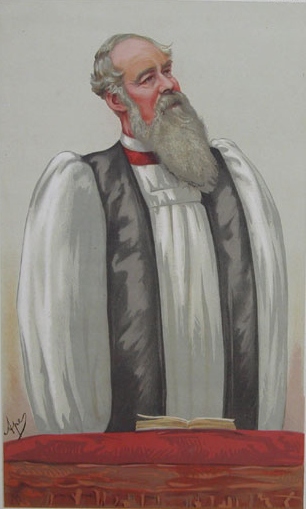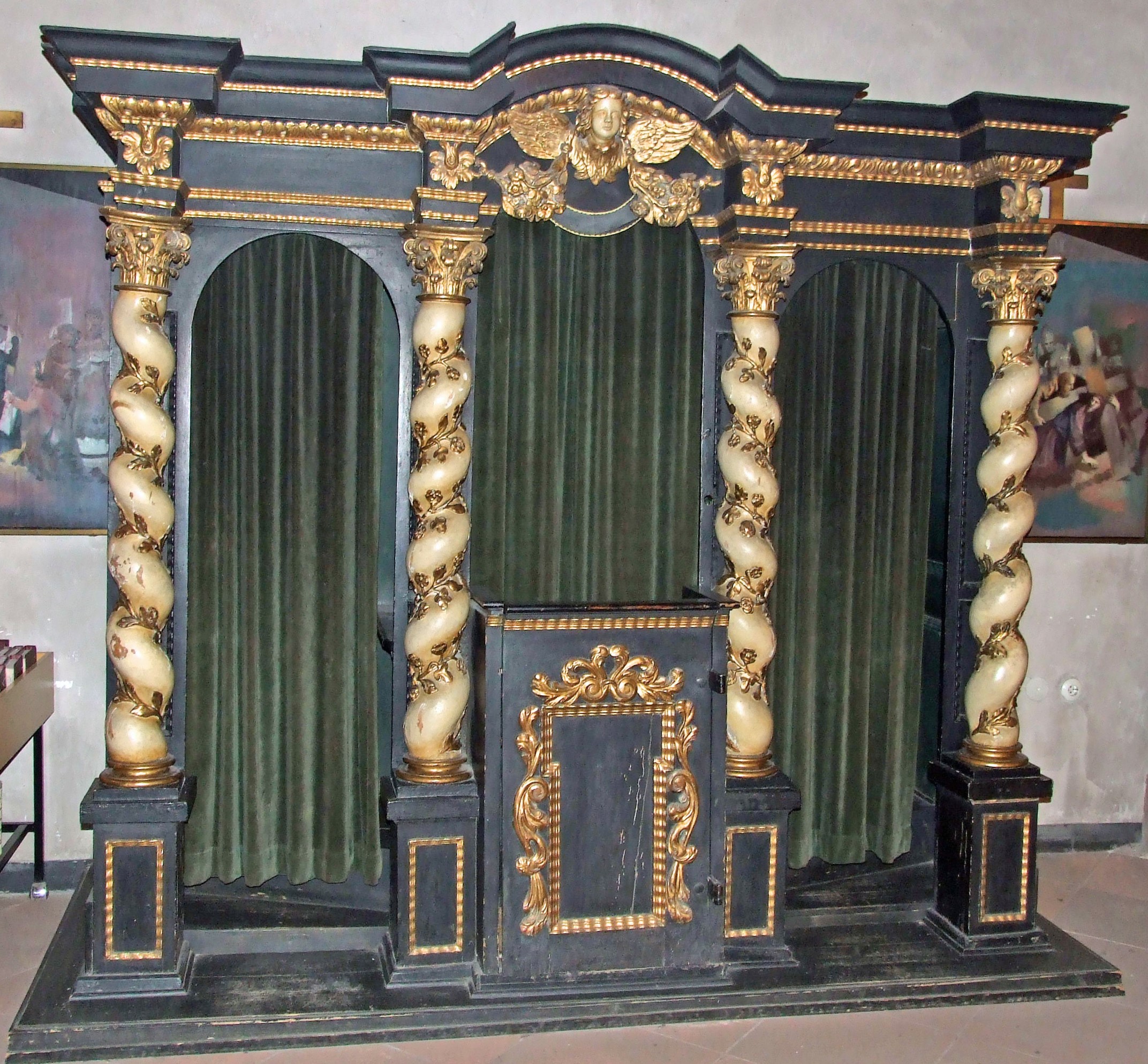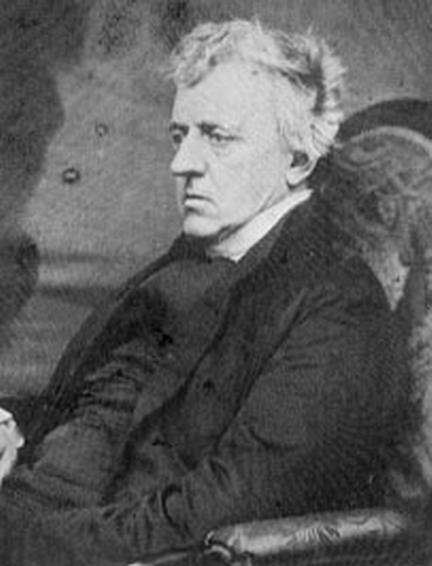|
St Alban's Church, Holborn
St Alban's Church, Holborn, is a Church of England parish church in Holborn, central London, for a time becoming one of two churches of its parish which retains the name ''and St Peter's Saffron Hill'' to serve the mixed-use zone, notable for jewel-setting and for law firms. It has been Grade II* listed since 1951. This land is commonly – other than mainly to state Holborn, meaning part of Holborn – called Hatton Garden. St Peter's church is defunct, rationalising the number of churches in line with population changes of the district. History Beginnings William Henry, 2nd Baron Leigh gave the site for the church. It was built with funds from John Hubbard, 1st Baron Addington, and designed by William Butterfield in 1859. Construction occurred between 1861 and 1862 in yellow and red stock bricks with stone dressings and tiled roofs. In 1862 Alexander Mackonochie became its first perpetual curate. He introduced a daily Eucharist, which featured Gregorian chant and sig ... [...More Info...] [...Related Items...] OR: [Wikipedia] [Google] [Baidu] |
Holborn
Holborn ( or ) is a district in central London, which covers the south-eastern part of the London Borough of Camden and a part ( St Andrew Holborn Below the Bars) of the Ward of Farringdon Without in the City of London. The area has its roots in the ancient parish of Holborn, which lay on the west bank of the now buried River Fleet, taking its name from an alternative name for the river. The area is sometimes described as part of the West End of London or of the wider West London area. The River Fleet also gave its name to the streets ''Holborn'' and ''High Holborn'' which extend west from the site of the former Newgate in the London Wall, over the Fleet, through Holborn and towards Westminster. The district benefits from a central location which helps provide a strong mixed economy. The area is particularly noted for its links to the legal profession, the diamond centre at Hatton Garden and Great Ormond Street Hospital. Origins and administration Holborn emerged from th ... [...More Info...] [...Related Items...] OR: [Wikipedia] [Google] [Baidu] |
Hatton Garden
Hatton Garden is a street and commercial zone in the Holborn district of the London Borough of Camden, abutting the narrow precinct of Saffron Hill which then abuts the City of London. It takes its name from Sir Christopher Hatton, a favourite of Queen Elizabeth I, who established a mansion here and gained possession of the garden and orchard of Ely Place, the London seat of the Bishops of Ely. It remained in the Hatton family and was built up as a stylish residential development in the reign of King Charles II. For some decades it often went, outside of the main street, by an alternative name St Alban's Holborn, after the local church built in 1861. St Etheldreda's Church in Ely Place, all that survives of the old Bishop's Palace, is one of only two remaining buildings in London dating from the reign of Edward I. It is one of the oldest churches in England now in use for Roman Catholic worship, which was re-established there in 1879. The red-brick building now known as Wr ... [...More Info...] [...Related Items...] OR: [Wikipedia] [Google] [Baidu] |
Ninian Comper
Sir John Ninian Comper (10 June 1864 – 22 December 1960) was a Scottish architect; one of the last of the great Gothic Revival architects. His work almost entirely focused on the design, restoration and embellishment of churches, and the design of ecclesiastical furnishings, stained glass and vestments. He is celebrated for his use of colour, iconography and emphasis on churches as a setting for liturgy. In his later works, he developed the subtle integration of Classical and Gothic styles, an approach he described as 'unity by inclusion'. Early life Comper was born in Aberdeen in 1864, the eldest son and fourth of the seven children of Ellen Taylor and the Rev'd John Comper, Rector of St John's, Aberdeen (and later St Margaret of Scotland) in the Scottish Episcopal Church. The Comper family were of Norman origin and settled as yeoman farmers in Pulborough, Sussex at the Conquest; nevertheless, Comper's father upheld a romantic notion that the family were descended from nobl ... [...More Info...] [...Related Items...] OR: [Wikipedia] [Google] [Baidu] |
Stations Of The Cross
The Stations of the Cross or the Way of the Cross, also known as the Way of Sorrows or the Via Crucis, refers to a series of images depicting Jesus Christ on the day of Crucifixion of Jesus, his crucifixion and accompanying prayers. The stations grew out of imitations of the Via Dolorosa in Jerusalem, which is a traditional processional route symbolising the actual path Jesus walked to Mount Calvary. The objective of the stations is to help the Christian faithful to make a spiritual Christian pilgrimage, pilgrimage through contemplation of the Passion (Christianity), Passion of Christ. It has become one of the most popular devotions and the stations can be found in many Western Christianity, Western Christian churches, including those in the Catholic Church, Roman Catholic, Lutheran, Anglican, and Methodist traditions. Commonly, a series of 14 images will be arranged in numbered order along a path, along which worshippers—individually or in a procession—move in order, stoppi ... [...More Info...] [...Related Items...] OR: [Wikipedia] [Google] [Baidu] |
Charles Eamer Kempe
Charles Eamer Kempe (29 June 1837 – 29 April 1907) was a British Victorian era designer and manufacturer of stained glass. His studios produced over 4,000 windows and also designs for altars and altar frontals, furniture and furnishings, lichgates and memorials that helped to define a later nineteenth-century Anglican style. The list of English cathedrals containing examples of his work includes: Chester, Gloucester, Hereford, Lichfield, Wells, Winchester and York. Kempe's networks of patrons and influence stretched from the Royal Family and the Church of England hierarchy to the literary and artistic beau monde. Early life Charles Kempe was born at Ovingdean Hall, near Brighton, East Sussex in 1837. He was the youngest son of Nathaniel Kemp (1759–1843), a cousin of Thomas Read Kemp, a politician and property developer responsible for the Kemptown area of BrightonKempe added the 'e' to his name in adult life and the maternal grandson of Sir John Eamer, who served as Lord ... [...More Info...] [...Related Items...] OR: [Wikipedia] [Google] [Baidu] |
Ritualism In The Church Of England
Ritualism, in the history of Christianity, refers to an emphasis on the rituals and liturgical ceremonies of the church. Specifically, the Christian ritual of Holy Communion. In the Anglican church in the 19th century, the role of ritual became a contentious matter. The debate over this topic was also associated with struggles between High Church and Low Church movements. Definition In Anglicanism, the term 'ritualist' is often used to describe the revival of second generation Oxford Movement/Anglo-Catholic/High Church which sought to reintroduce a range of Roman Catholic liturgical practices to the Church of England. Ritualism is also seen as a controversial term (i.e. rejected by some of those to whom it is applied). Common arguments Arguments about ritualism in the Church of England were often shaped by opposing (and often unannounced) attitudes towards the concept of ''sola scriptura'' and the nature of the authority of the Bible for Christians. For Those who support the ... [...More Info...] [...Related Items...] OR: [Wikipedia] [Google] [Baidu] |
Arthur Stanton (priest)
Arthur Henry Stanton (1839–1913) was an English Anglo-Catholic priest in the latter decades of the 19th and early 20th centuries. Life Born on 21 June 1839,''Deaths.'' The Times (London, England), Saturday, Mar 29, 1913; pg. 1; Issue 40172 he was educated at Rugby and Trinity College, Oxford, and ordained after a period of study at Ripon College Cuddesdon in 1862. His only post was as Curate at St Alban's, Holborn, 1862–1913. Stanton was an indefatigable champion of the poor, staunch champion of ritual, and exuberant preacher. He attracted devoted supporters and horrified critics in equal measure. In 1877, he founded a society for postmen, the Saint Martin's League. At the end of his life he was offered, and rejected, a prebendal stall in St Paul's Cathedral. Death Following his death on 28 March 1913, his funeral took place on 1 April 1913. Fellow clergy escorted his coffin as it was carried on a wheeled bier through crowded streets from his Holborn church to the London N ... [...More Info...] [...Related Items...] OR: [Wikipedia] [Google] [Baidu] |
Ritualism
Ritualism, in the history of Christianity, refers to an emphasis on the rituals and liturgical ceremonies of the church. Specifically, the Christian ritual of Holy Communion. In the Church of England, Anglican church in the 19th century, the role of ritual became a contentious matter. The debate over this topic was also associated with struggles between High Church and Low Church movements. Definition In Anglicanism, the term 'ritualist' is often used to describe the revival of second generation Oxford Movement/Anglo-Catholicism, Anglo-Catholic/High Church which sought to reintroduce a range of Catholicism, Roman Catholic Liturgy, liturgical practices to the Church of England. Ritualism is also seen as a controversial term (i.e. rejected by some of those to whom it is applied). Common arguments Arguments about ritualism in the Church of England were often shaped by opposing (and often unannounced) attitudes towards the concept of ''sola scriptura'' and the nature of the authori ... [...More Info...] [...Related Items...] OR: [Wikipedia] [Google] [Baidu] |
Confession (religion)
Confession, in many religions, is the acknowledgment of one's sins (sinfulness) or wrongs. Christianity Catholicism In Catholic teaching, the Sacrament of Penance is the method of the Church by which individual men and women confess sins committed after baptism and have them absolved by God through the administration of a priest. The Catholic rite, obligatory at least once a year for serious sin, is usually conducted within a confessional box, booth or reconciliation room. This sacrament is known by many names, including penance, reconciliation and confession. While official Church publications usually refer to the sacrament as "Penance", "Reconciliation" or "Penance and Reconciliation", many clergy and laypeople continue to use the term "Confession" in reference to the Sacrament. For the Catholic Church, the intent of this sacrament is to provide healing for the soul as well as to regain the grace of God, lost by sin. A perfect act of contrition, wherein the penitent ex ... [...More Info...] [...Related Items...] OR: [Wikipedia] [Google] [Baidu] |
Gregorian Chant
Gregorian chant is the central tradition of Western plainchant, a form of monophonic, unaccompanied sacred song in Latin (and occasionally Greek) of the Roman Catholic Church. Gregorian chant developed mainly in western and central Europe during the 9th and 10th centuries, with later additions and redactions. Although popular legend credits Pope Gregory I with inventing Gregorian chant, scholars believe that it arose from a later Carolingian synthesis of the Old Roman chant and Gallican chant. Gregorian chants were organized initially into four, then eight, and finally 12 modes. Typical melodic features include a characteristic ambitus, and also characteristic intervallic patterns relative to a referential mode final, incipits and cadences, the use of reciting tones at a particular distance from the final, around which the other notes of the melody revolve, and a vocabulary of musical motifs woven together through a process called centonization to create families of related ch ... [...More Info...] [...Related Items...] OR: [Wikipedia] [Google] [Baidu] |
Perpetual Curate
Perpetual curate was a class of resident parish priest or incumbent curate within the United Church of England and Ireland (name of the combined Anglican churches of England and Ireland from 1800 to 1871). The term is found in common use mainly during the first half of the 19th century. The legal status of perpetual curate originated as an administrative anomaly in the 16th century. Unlike ancient rectories and vicarages, perpetual curacies were supported by a cash stipend, usually maintained by an endowment fund, and had no ancient right to income from tithe or glebe. In the 19th century, when large numbers of new churches and parochial units were needed in England and Wales politically and administratively, it proved much more acceptable to elevate former chapelries to parish status, or create ecclesiastical districts with new churches within ancient parishes, than to divide existing vicarages and rectories. Under the legislation introduced to facilitate this, the parish priest ... [...More Info...] [...Related Items...] OR: [Wikipedia] [Google] [Baidu] |







